MARTES BATHORI
Opening 5 April, 5 –8 pm
A draughtsman, sculptor and strip cartoonist. Since the late-80s, Martes Bathori has been living and working in Paris where he has recently started to work on enormous enlargements of small sketches that he makes during his walks through cities.
They are contemporary versions of the well-known Japanese woodblock prints that Hiroshige (1797-1858) made of Edo (Tokyo). While the original prints were meant to represent the fleeting nature of reality, Bathori’s work does the same in a metaphorical sense. “Dare to live”, they seem to be saying.
It is not only the woodblock that is prominent in Bathori’s work. The way in which he dissects colours, rearranges them almost, is also reminiscent of silkscreening and the pointillist effect of inkjet prints. A homage to today’s techniques of mechanical reproduction but in this case carefully painted on paper.
In this exhibition Bathori is also showing a number of ceramic portraits of personalities that are important to him. He sees them as sorts of relics that he wants to keep close to himself so as to avoid indifference and neglect.
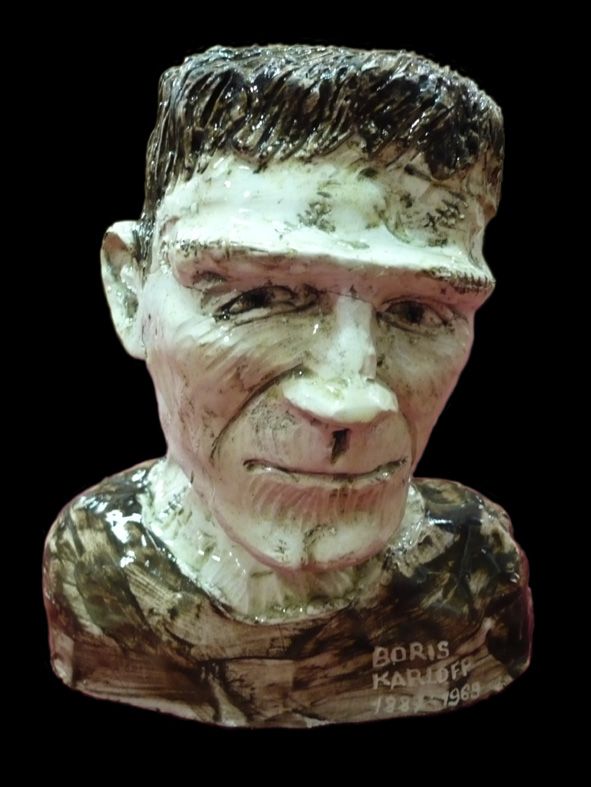
Martes Bathori (FR) Boris Karloff, 2008
Ceramic,
Sloterkade 171, Amsterdam
The ceramic busts are portraits of personalities that are important to the artist. They are like relics that Bathori wants to keep close to himself so as to avoid indifference and neglect.
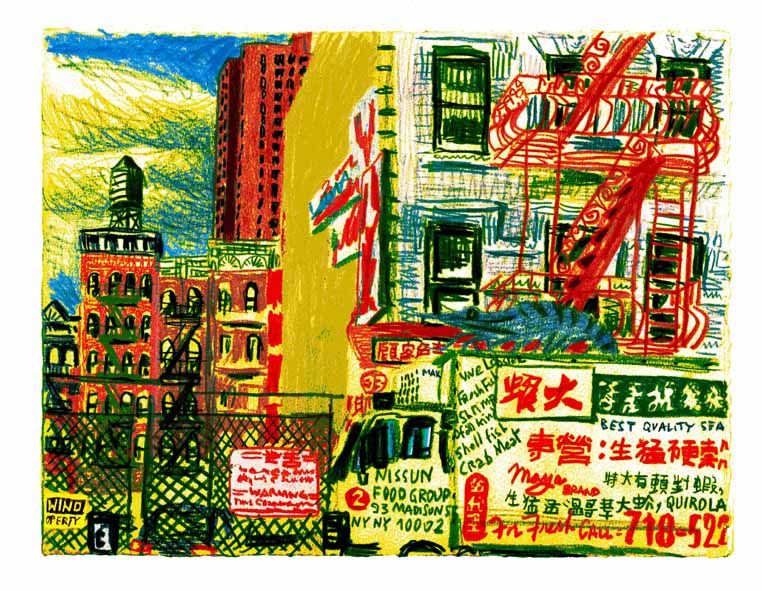
Martes Bathori (FR) Chinatown Shrimp, 2008
Water colour painting on aquarelle paper,
Sloterkade 171, Amsterdam
Bathori's paintings and drawings are contemporary versions of the well-known Japanese woodblock prints that Hiroshige (1797-1858) made of Edo (Tokyo). While the original prints were meant to represent the fleeting nature of reality, Bathori’s work does the same in a metaphorical sense. Dare to live, they seem to be saying.
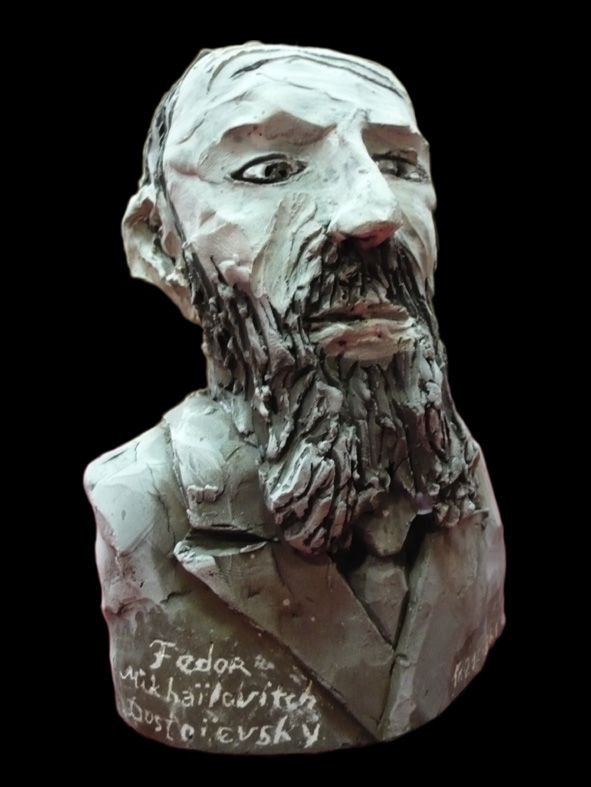
Martes Bathori (FR) Dostoievsky, 2008
Ceramic,
Sloterkade 171, Amsterdam
The ceramic busts are portraits of personalities that are important to the artist. They are like relics that Bathori wants to keep close to himself so as to avoid indifference and neglect.
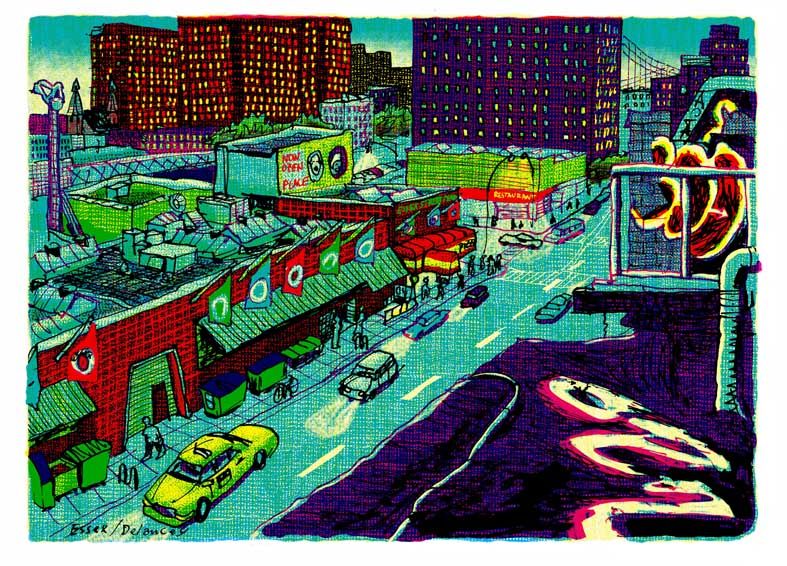
Martes Bathori (FR) Essex/Delancey, 2006
Water colour painting on aquarelle paper,
Sloterkade 171, Amsterdam
Bathori's paintings and drawings are contemporary versions of the well-known Japanese woodblock prints that Hiroshige (1797-1858) made of Edo (Tokyo). While the original prints were meant to represent the fleeting nature of reality, Bathori’s work does the same in a metaphorical sense. Dare to live, they seem to be saying.
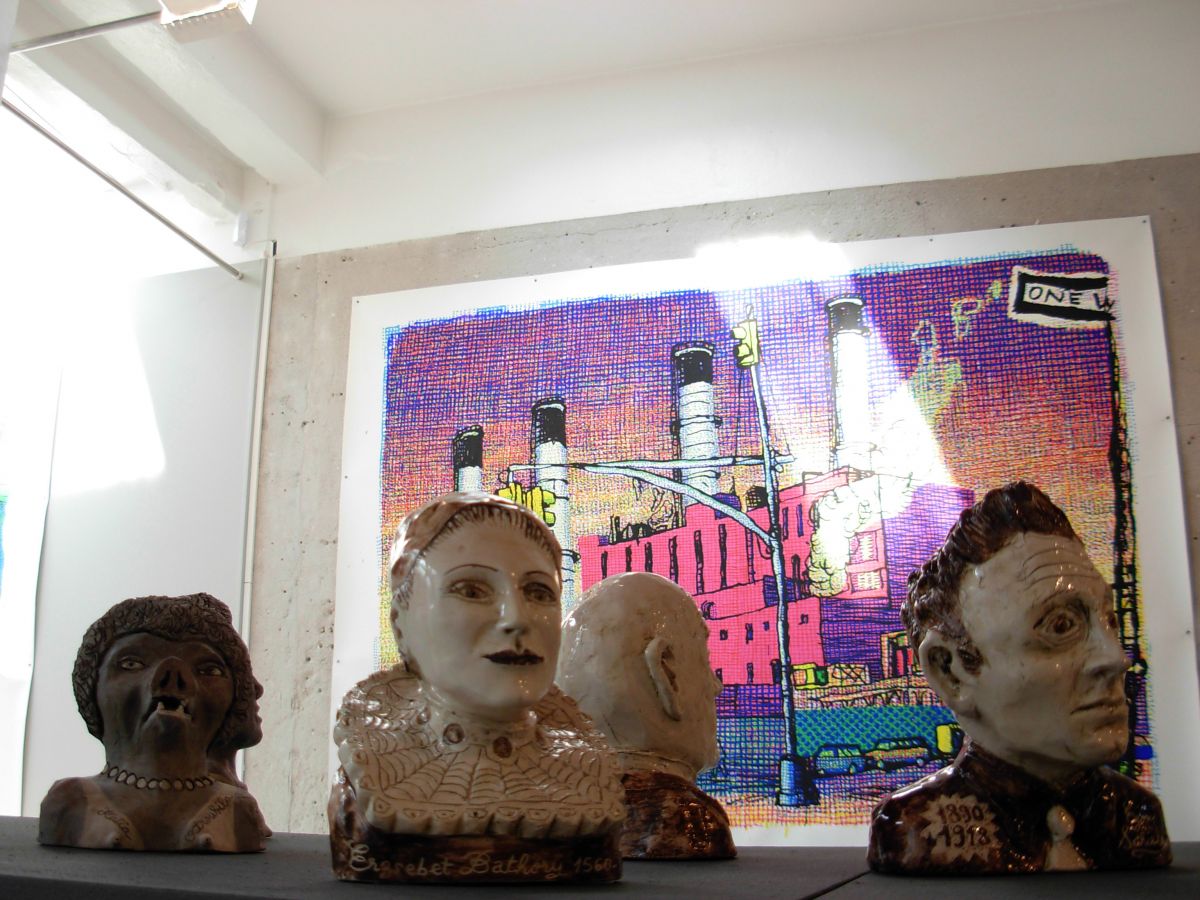
Martes Bathori (FR) Exhibition view, 2008
Water colour paintings, color pencil and ink drawings and ceramics,
Sloterkade 171, Amsterdam
Bathori's paintings and drawings are contemporary versions of the well-known Japanese woodblock prints that Hiroshige (1797-1858) made of Edo (Tokyo). While the original prints were meant to represent the fleeting nature of reality, Bathori’s work does the same in a metaphorical sense. Dare to live, they seem to be saying. The ceramic busts are portraits of personalities that are important to him. They are like relics that Bathori wants to keep close to himself so as to avoid indifference and neglect.
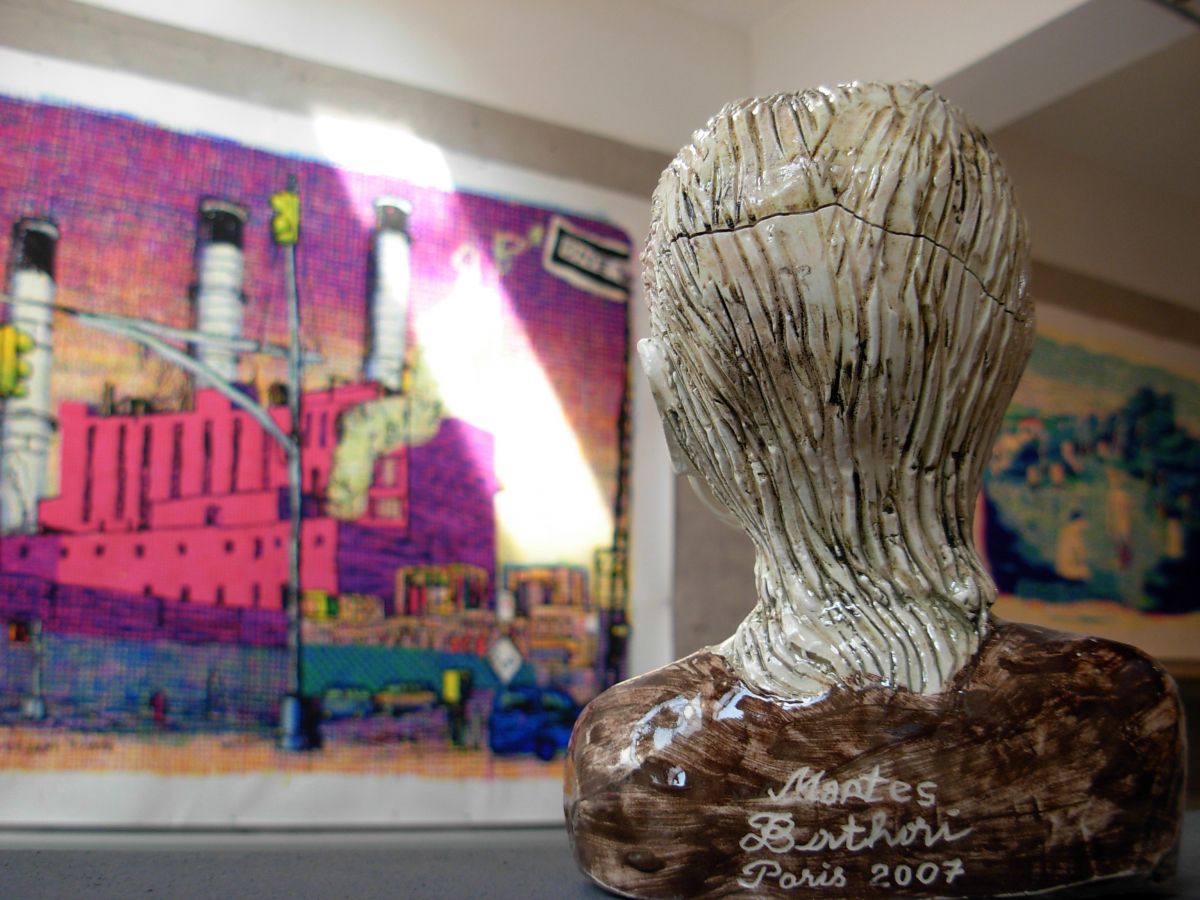
Martes Bathori (FR) Exhibition view, 2008
Water colour paintings, color pencil and ink drawings and ceramics,
Sloterkade 171, Amsterdam
Bathori's paintings and drawings are contemporary versions of the well-known Japanese woodblock prints that Hiroshige (1797-1858) made of Edo (Tokyo). While the original prints were meant to represent the fleeting nature of reality, Bathori’s work does the same in a metaphorical sense. Dare to live, they seem to be saying. The ceramic busts are portraits of personalities that are important to him. They are like relics that Bathori wants to keep close to himself so as to avoid indifference and neglect.
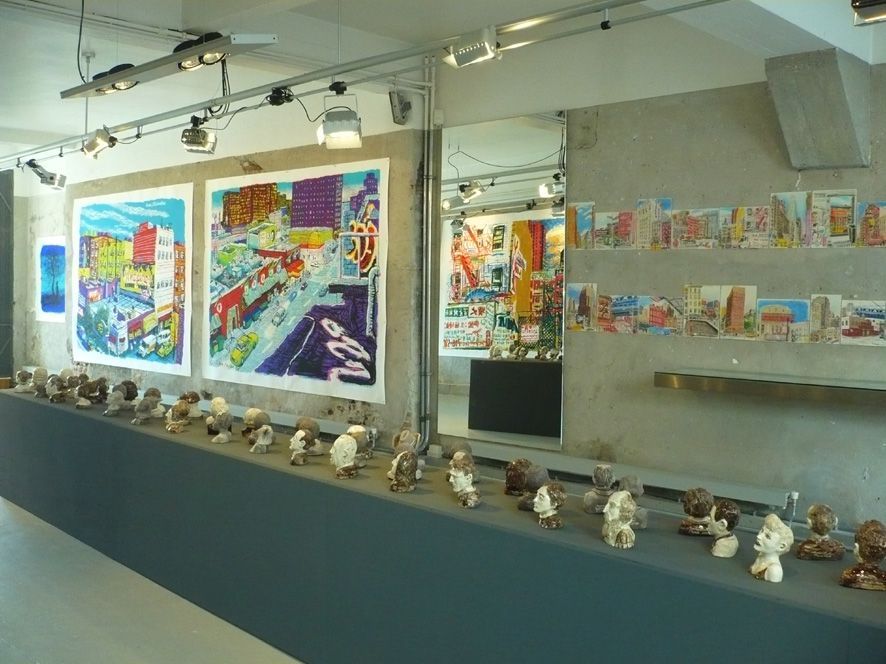
Martes Bathori (FR) Exhibition view, 2008
Water colour paintings, color pencil and ink drawings and ceramics,
Sloterkade 171, Amsterdam
Bathori's paintings and drawings are contemporary versions of the well-known Japanese woodblock prints that Hiroshige (1797-1858) made of Edo (Tokyo). While the original prints were meant to represent the fleeting nature of reality, Bathori’s work does the same in a metaphorical sense. Dare to live, they seem to be saying. The ceramic busts are portraits of personalities that are important to him. They are like relics that Bathori wants to keep close to himself so as to avoid indifference and neglect.
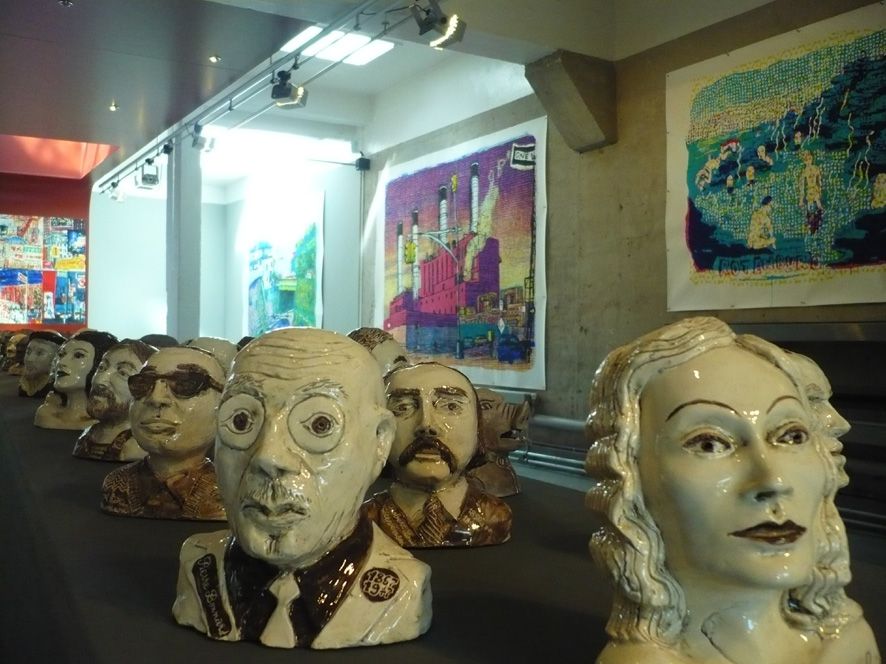
Martes Bathori (FR) Exhibition view, 2008
Water colour paintings, color pencil and ink drawings and ceramics,
Sloterkade 171, Amsterdam
Bathori's paintings and drawings are contemporary versions of the well-known Japanese woodblock prints that Hiroshige (1797-1858) made of Edo (Tokyo). While the original prints were meant to represent the fleeting nature of reality, Bathori’s work does the same in a metaphorical sense. Dare to live, they seem to be saying. The ceramic busts are portraits of personalities that are important to him. They are like relics that Bathori wants to keep close to himself so as to avoid indifference and neglect.
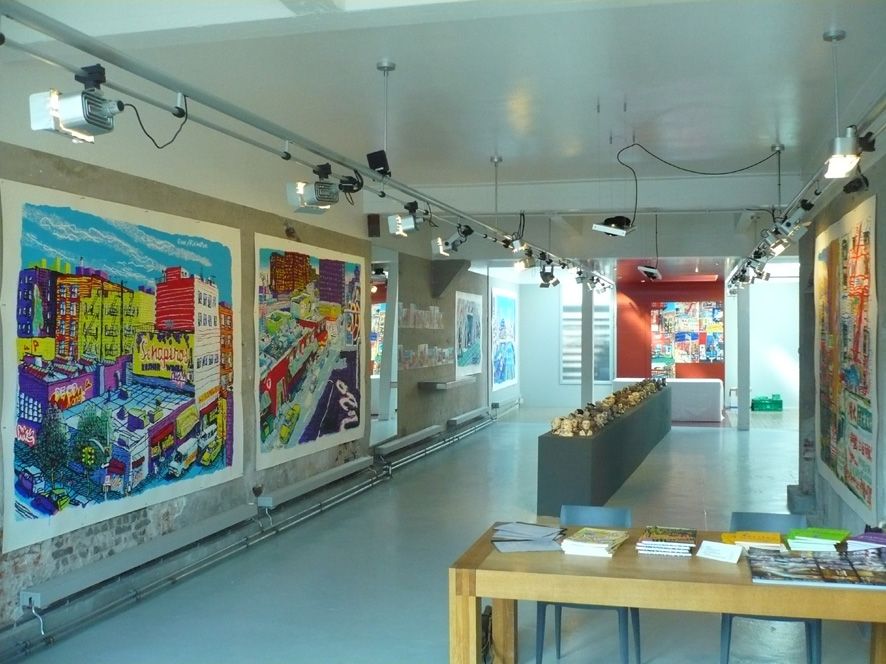
Martes Bathori (FR) Exhibition view, 2008
Water colour paintings, color pencil and ink drawings and ceramics,
Sloterkade 171, Amsterdam
Bathori's paintings and drawings are contemporary versions of the well-known Japanese woodblock prints that Hiroshige (1797-1858) made of Edo (Tokyo). While the original prints were meant to represent the fleeting nature of reality, Bathori’s work does the same in a metaphorical sense. Dare to live, they seem to be saying. The ceramic busts are portraits of personalities that are important to him. They are like relics that Bathori wants to keep close to himself so as to avoid indifference and neglect.
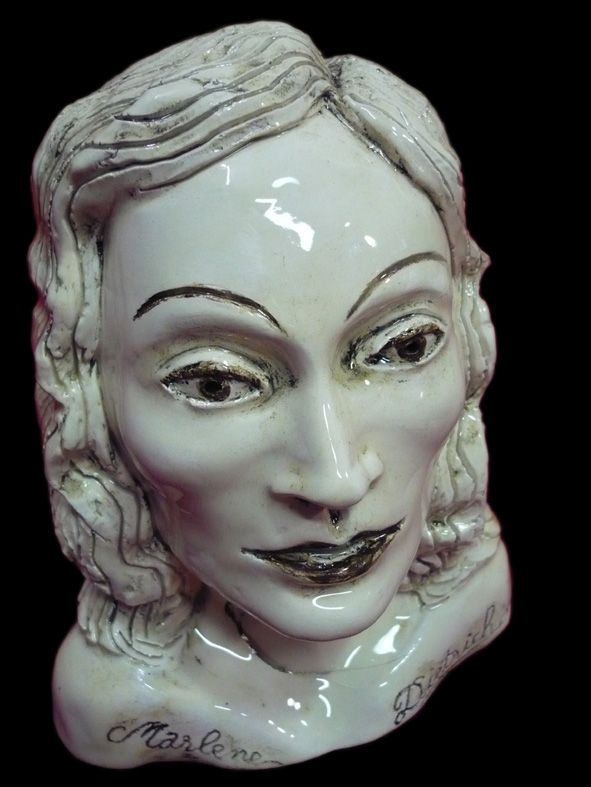
Martes Bathori (FR) Marlene Dietrich, 2008
Ceramic,
Sloterkade 171, Amsterdam
The ceramic busts are portraits of personalities that are important to the artist. They are like relics that Bathori wants to keep close to himself so as to avoid indifference and neglect.
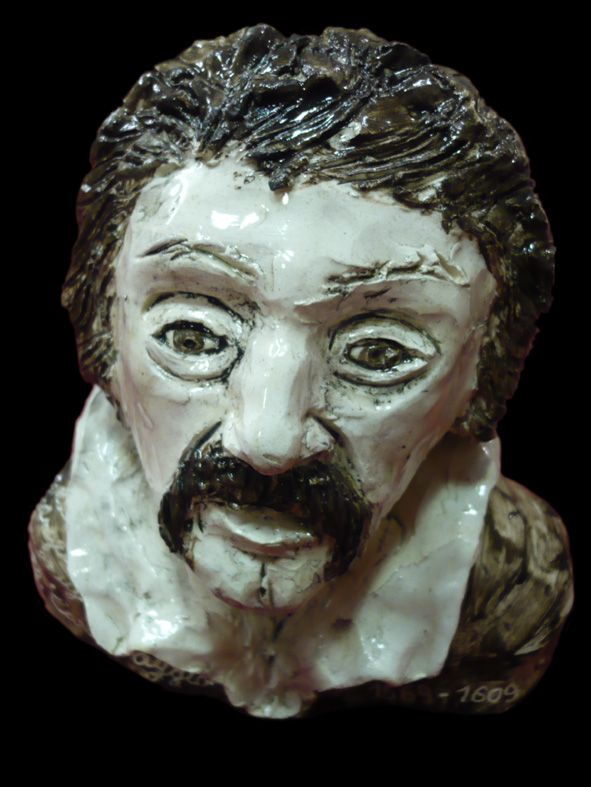
Martes Bathori (FR) Il Caravaggio, 2008
Ceramic,
Sloterkade 171, Amsterdam
The ceramic busts are portraits of personalities that are important to the artist. They are like relics that Bathori wants to keep close to himself so as to avoid indifference and neglect.
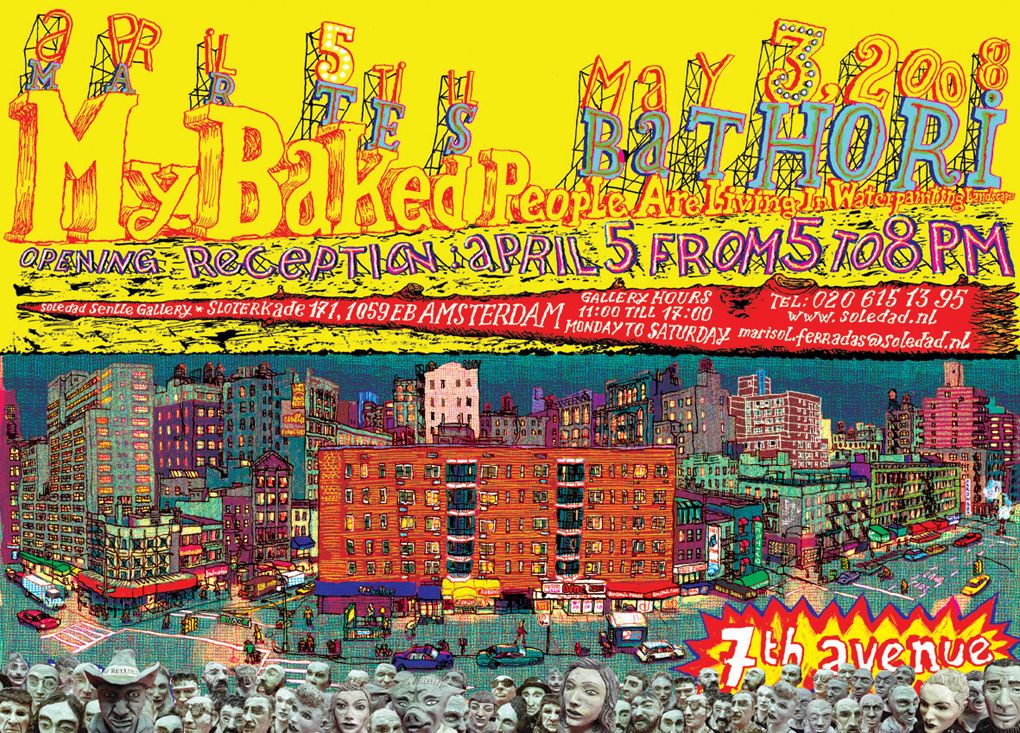
Martes Bathori (FR) Invitation, 2008
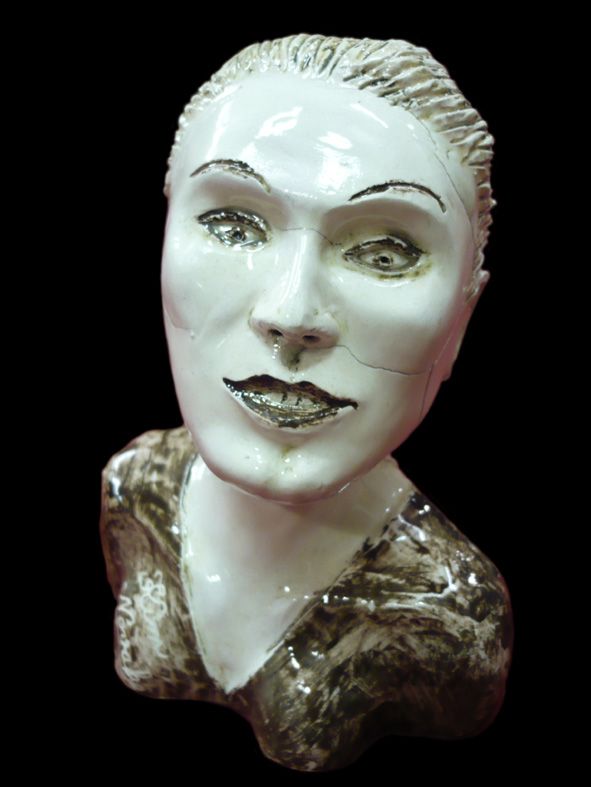
Martes Bathori (FR) Kim Novak, 2008
Ceramic,
Sloterkade 171, Amsterdam
The ceramic busts are portraits of personalities that are important to the artist. They are like relics that Bathori wants to keep close to himself so as to avoid indifference and neglect.
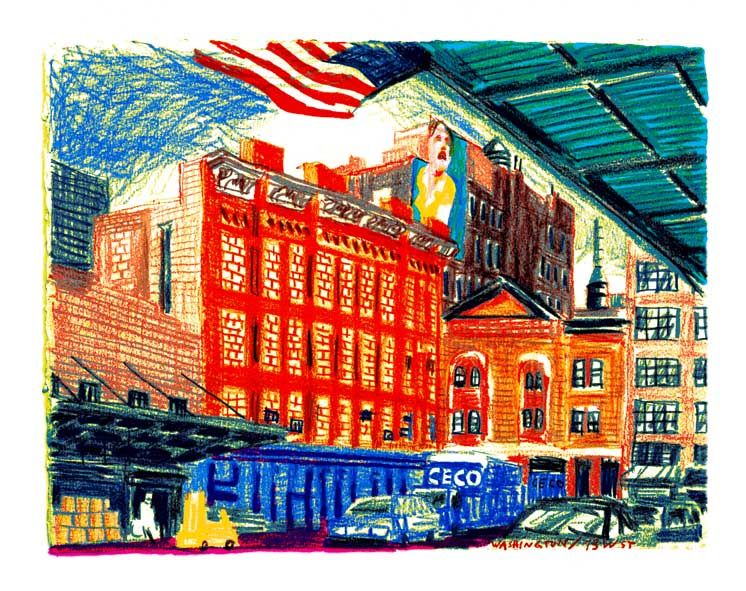
Martes Bathori (FR) Meat Market, 2008
Colour pencil drawing on lithographic paper,
Sloterkade 171, Amsterdam
Bathori's paintings and drawings are contemporary versions of the well-known Japanese woodblock prints that Hiroshige (1797-1858) made of Edo (Tokyo). While the original prints were meant to represent the fleeting nature of reality, Bathori’s work does the same in a metaphorical sense. Dare to live, they seem to be saying.
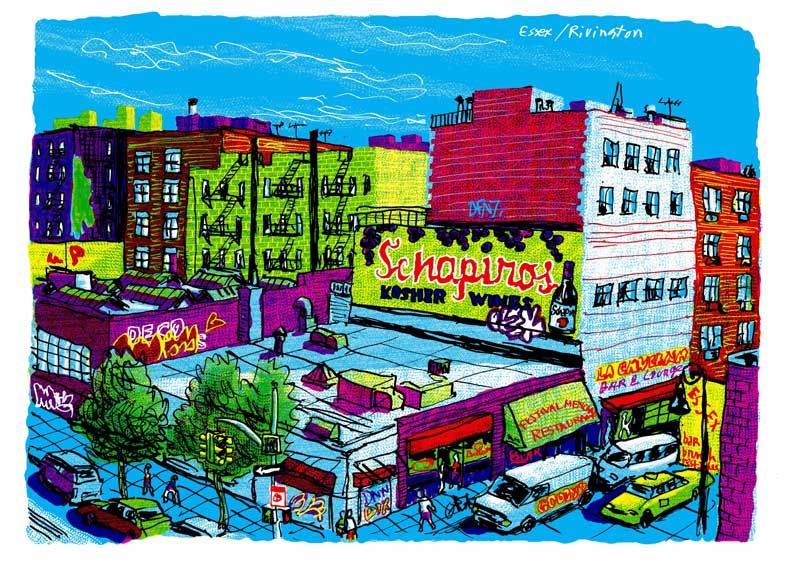
Martes Bathori (FR) Shapiro, 2008
Water colour painting on aquarelle paper,
Sloterkade 171, Amsterdam
Bathori's paintings and drawings are contemporary versions of the well-known Japanese woodblock prints that Hiroshige (1797-1858) made of Edo (Tokyo). While the original prints were meant to represent the fleeting nature of reality, Bathori’s work does the same in a metaphorical sense. Dare to live, they seem to be saying.